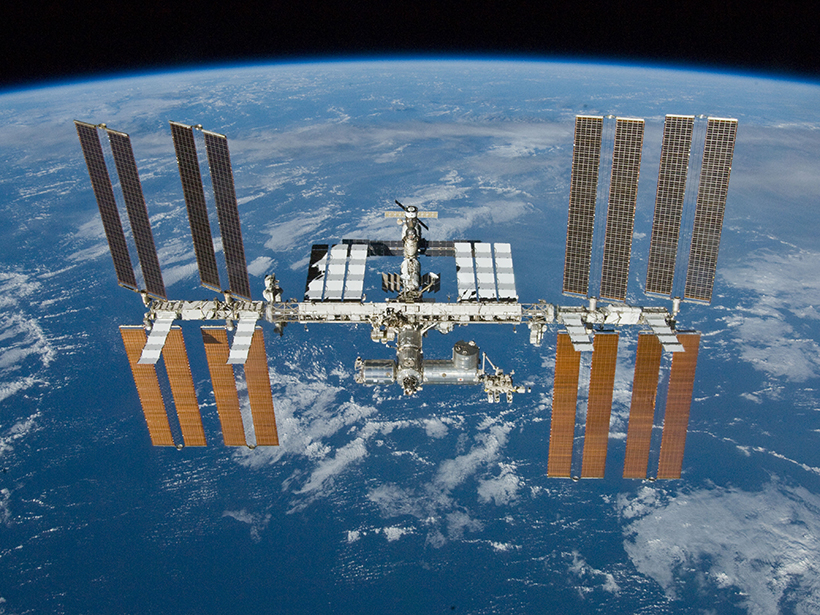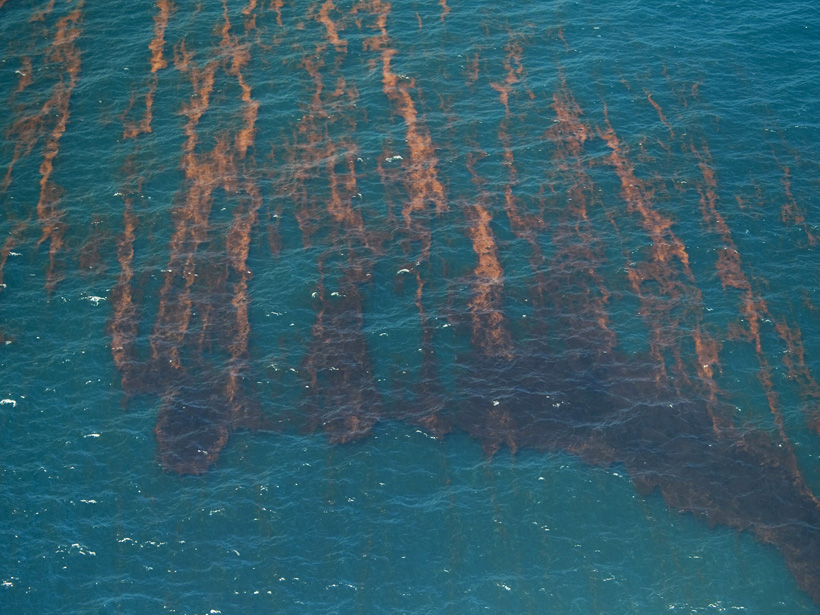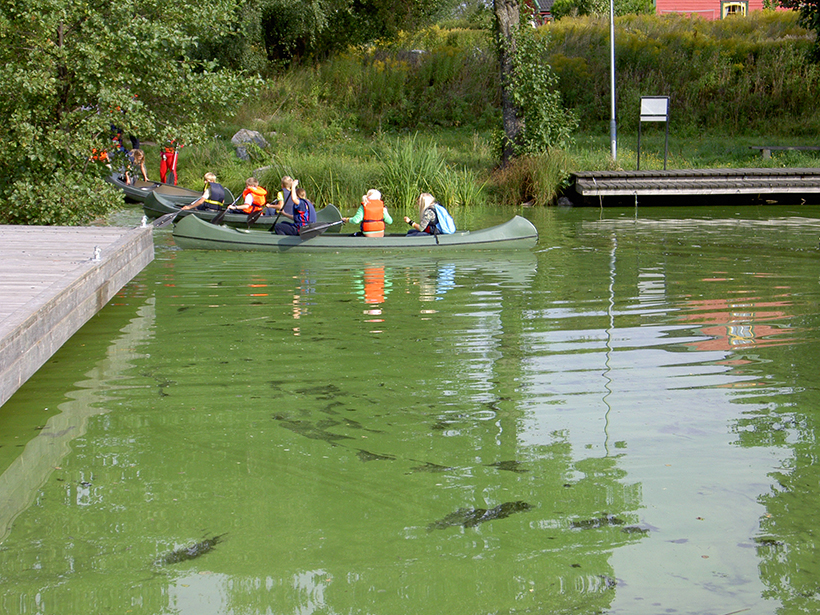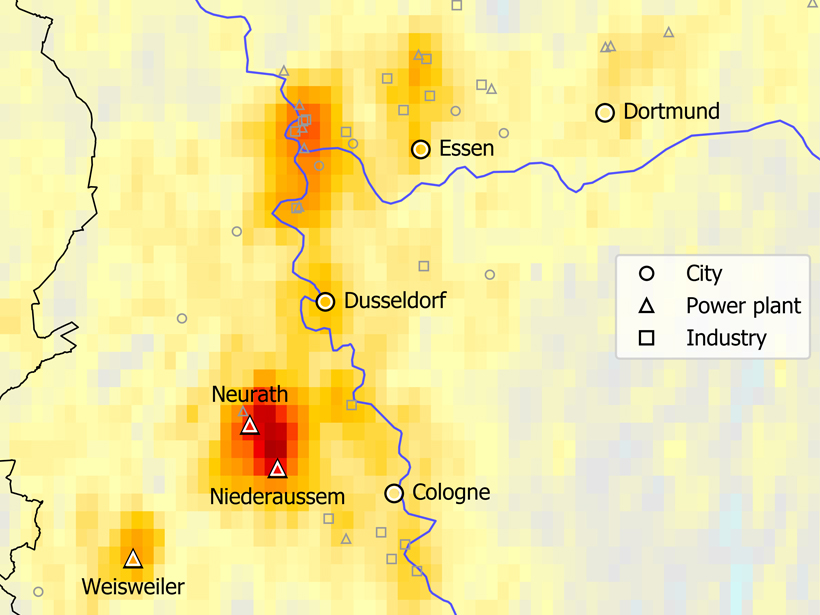The Quasi-Biennial Oscillation modulates the Madden-Julian Oscillation in observations, but it does not significantly influence prediction skills in a multi-model assessment.
Modeling
Some Plans to Reverse Climate Change Could Double Water Use
Researchers say full-scale deployment of negative emissions technologies would lead to major changes in global usage of water, land, and energy.
Firing Up Climate Models
Scientists are working to incorporate wildfire data into climate models, resolving hindrances related to scale, speed, and the complex feedbacks between the climate and wildfire emissions.
What Is Left in the Air After a Wildfire Depends on Exactly What Burned
Forecasting air quality after a wildfire is improving, thanks to more-refined models that measure the biomass going into the blaze and the emissions coming out.
Atmospheric Drag Alters Satellite Orbits
A new modeling study shows how the density of the thermosphere influences the paths of satellites in low Earth orbit.
Anaerobic Activity Is a Big Contributor in Marine “Dead Zones”
Climate models that do not account for anaerobic microbial activity may underestimate future expansion of oxygen-depleted waters.
New Isotope Model Predicts Denitrification from Riparian Zones
A new model quantifies the relative contributions of denitrification and other processes of nitrogen uptake, such as by plants, from groundwater in riparian areas around streams.
Understanding Material Movement in the Ocean’s Upper Layer
Computer simulations are advancing our understanding of how natural and anthropogenic materials are transported around the upper layer of the ocean.
Stored Nutrients and Climate Warming Will Feed More Algal Blooms
High nutrient concentrations cause water quality problems in lakes, and as the climate warms, these issues will only get worse. A new model assesses future scenarios and explores solutions.
Pinpointing Emission Sources from Space
Satellite data combined with wind models bring scientists one step closer to being able to monitor air pollution from space.

![Charts relating to the results presented in Kim et al. [2019]](https://eos.org/wp-content/uploads/2020/01/2019JD031416_Figure-4-sized-for-Eos.png)








